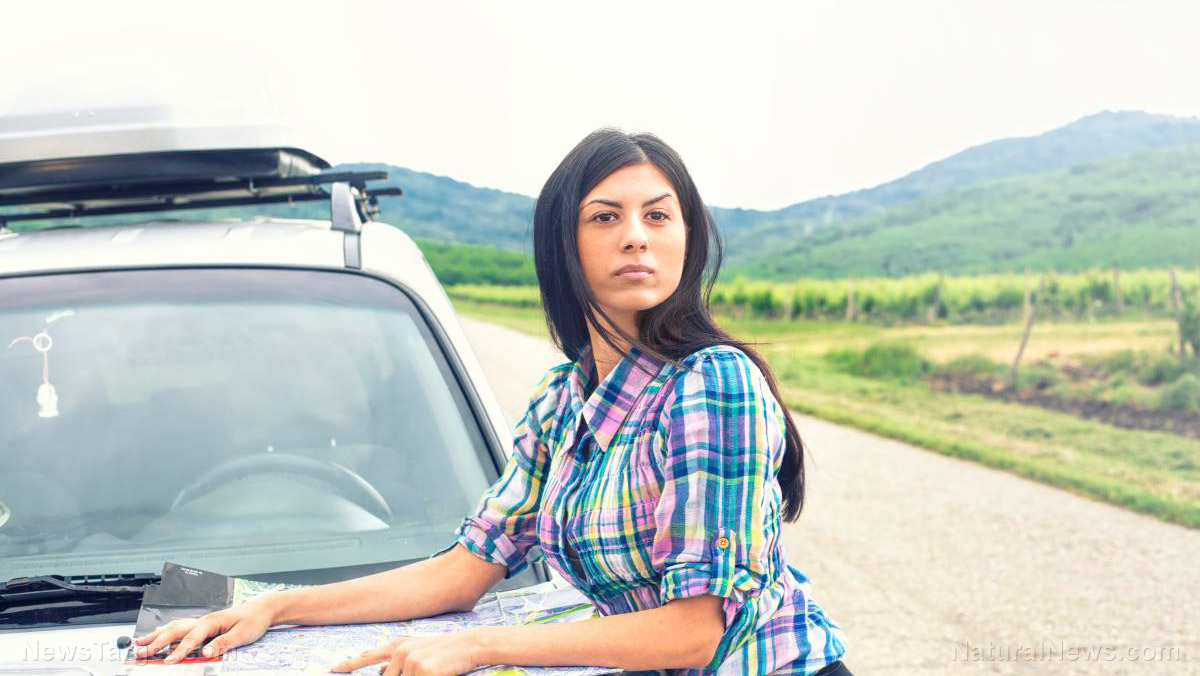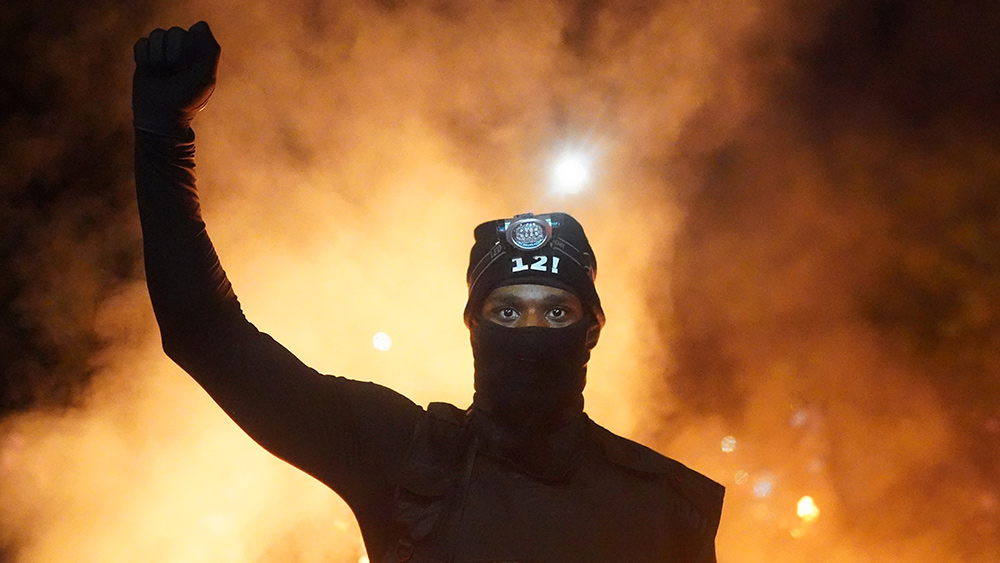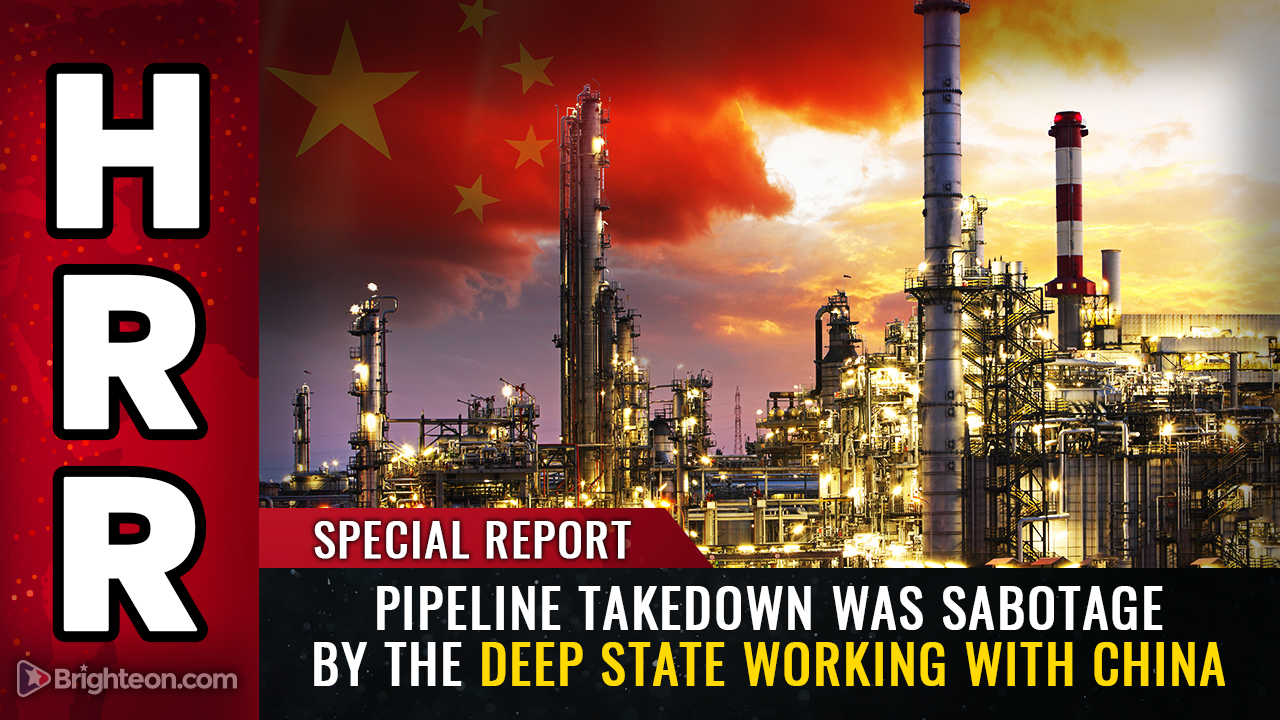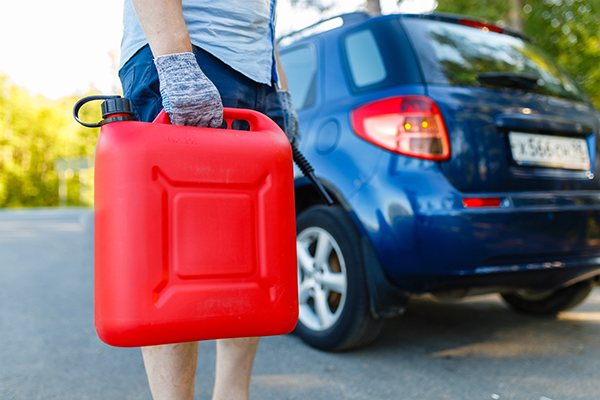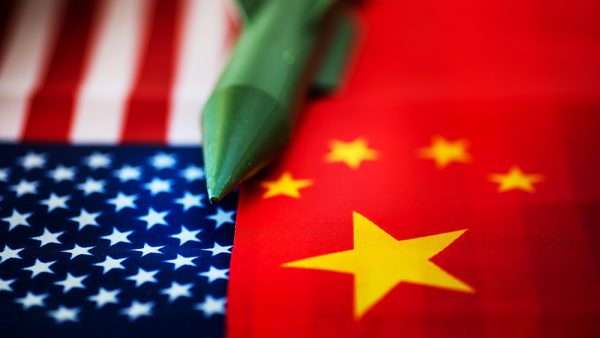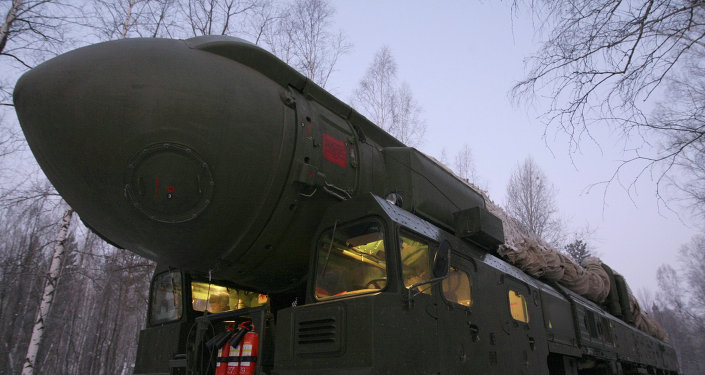
Lack of preparedness, dated buildings will exacerbate Cascadia earthquake and tsunami
Oregon State University geologist Chris Goldfinger expressed his concern about his home state's lack of preparedness. He was in Japan when the quake hit and observed that only a few buildings toppled to the ground afterward. But in the case of Oregon, buildings wouldn't be able to survive the Big One, he forecast. "If that had been Cascadia and I'd been at work, my building would have collapsed. There's no question about it," he told May. "I might've gotten out, I might not, but it would be gone." The lack of preparedness stemmed from the fact that Cascadia had been "silent" for a long time, Goldfinger said, which fueled the notion that it was aseismic. But in the 1980s, scientists discovered that the Pacific Northwest simply sat in a currently quiet spot, hence the absence of seismic activity. But this period of dormancy will likely end very soon, as Cascadia is long overdue for a major earthquake. The fault ruptures every 250 years, and the last time it did was in 1700. Recently, scientists estimate that the Big One has a 37 percent likelihood of occurring in the next 50 years. Once this happens, states such as Oregon and Washington could lay in ruin. According to Pyrch, bridges and other infrastructure in areas like Portland and Seattle would warp and fall off their foundations, while unreinforced masonry buildings would collapse. Meanwhile, the oil terminal storing 95 percent of both Oregon and Washington's fuel would deform, spill and potentially catch fire. "The Cascadia Subduction Zone earthquake is going to be one of the worst disasters America's ever seen," she remarked. (Related: Prepping for the unexpected: What to do before, during and after a sudden disaster.) Moreover, the quake would also trigger a tsunami that could reach up to 100 feet. The first wave would hit shortly after the quake, leaving residents of coastal communities with as little as 20 minutes to evacuate. Though residents could readily find an elevated area on Oregon and Washington's hilly landscape, old infrastructure would complicate the matter. In the coastal town of Seaside, Oregon, for example, running for the hills would require crossing one of the town's many dated bridges, which Goldfinger noted were not retrofitted to withstand an earthquake. If the bridges were to collapse, he said, evacuees would have to swim the river. "I look around at the Pacific Northwest and I can see visually that we are a thousands years behind," the geologist remarked. "This is not going to be easy to catch up." Learn more about how to prepare for earthquakes and tsunamis by following Preparedness.news. Sources include: StrangeSounds.org EuroNews.comSurvival essentials: Tips for storing water in your car
By Divina Ramirez // Share
‘The Intercept’ runs hit piece on conservative journalists for daring to video BLM riots
By News Editors // Share
Antifa supporter calls for the systematic killing of White people
By News Editors // Share
22 Different hobbies you can take up that can also improve your survival skills
By Arsenio Toledo // Share
Pipeline panic is preview of CYBER TAKEDOWN of U.S. infrastructure
By Mike Adams // Share
Putin deploys Oreshnik hypersonic missiles to Belarus, escalating NATO tensions
By kevinhughes // Share
U.S. escalates maritime war on narco-terrorism, killing eight in latest Pacific strikes
By patricklewis // Share
How forced immunizations, fraudulent science and corporate greed have endangered public health
By patricklewis // Share
Blood pressure pills RECALLED due to manufacturing mix-up
By oliviacook // Share
